In a world increasingly conscious of its ecological footprint, solar-powered cars represent a beacon of innovation and hope. These remarkable vehicles, powered by the sun’s inexhaustible energy, are not just a futuristic concept but a present-day reality that’s gaining momentum. As we embark on a journey towards a more sustainable future, solar-powered cars are at the forefront, challenging traditional automotive paradigms and redefining what it means to drive green. In this blog post, we delve into the mechanics of solar-powered vehicles, their environmental impact, and the potential they hold to revolutionize our roads and our planet.
Table of Contents:
- How Solar-Powered Cars Work: Delving into the mechanics of photovoltaic technology and the design considerations that make solar-powered cars possible.
- The Benefits of Solar-Powered Cars: Outlining the environmental, economic, and societal advantages of adopting solar-powered vehicles.
- Challenges and Limitations of Solar-Powered Cars: Addressing the practical and technological hurdles that solar-powered cars face in becoming a mainstream option.
- Current Developments and Future Prospects of Solar-Powered Cars: Examining the latest breakthroughs and the evolving landscape of solar-powered vehicle technology.
- Conclusion: Reflecting on the significance of solar-powered cars and the optimistic outlook for their future in sustainable transportation.
Sunway Solar Car Battery Trickle Charger & Maintainer 12V Solar Panel Power Kit Portable Backup for Car Automotive RV Marine Boat Motorcycle Truck Trailer Tractor Powersports Snowmobile Farm Equipment
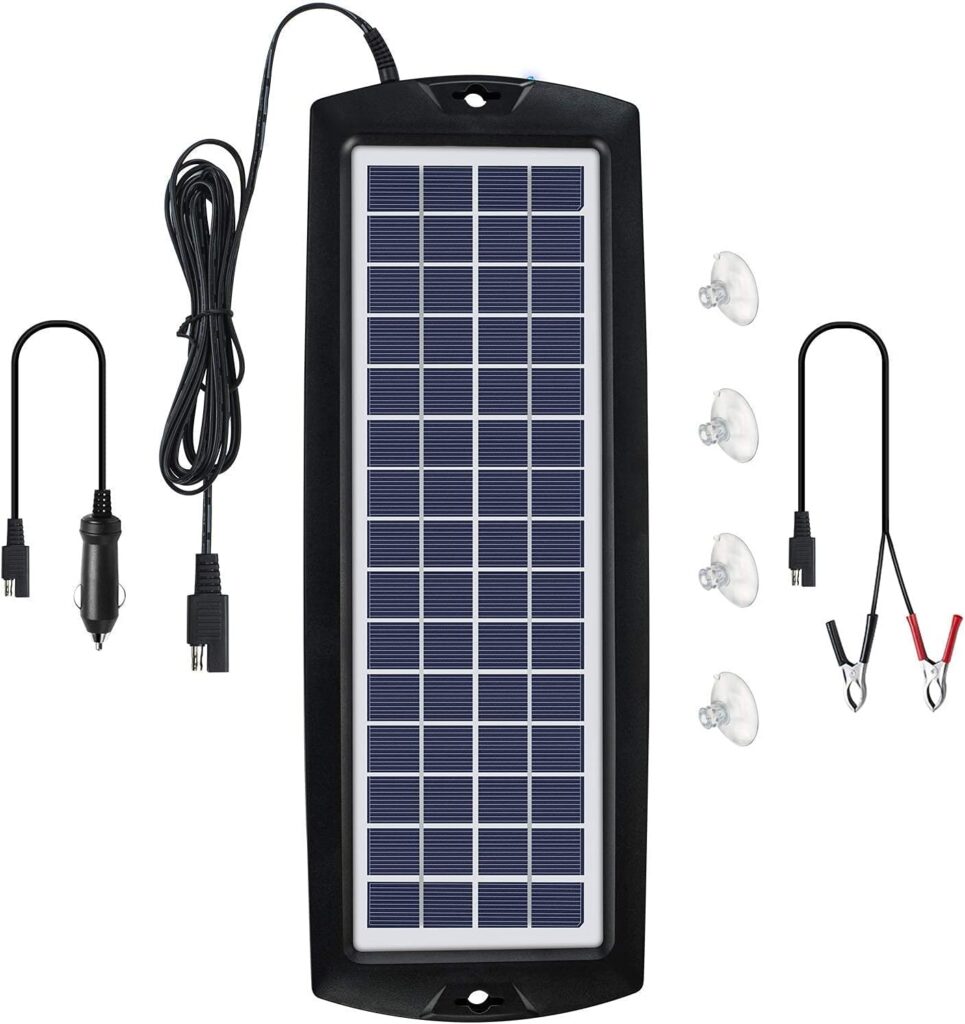
How Solar-Powered Cars Work
Harnessing the Sun’s Power
At the heart of solar-powered cars lies the marvel of photovoltaic technology. Solar panels on these vehicles capture sunlight and convert it into electrical energy, propelling the cars forward without a drop of fuel. These panels are composed of numerous photovoltaic cells, each a tiny power plant converting photons into electricity.
The Photovoltaic Effect
Each photovoltaic cell is essentially a sandwich made up of two slices of semi-conducting material, typically silicon. When sunlight hits these cells, it excites electrons, creating an electrical current. The silicon is doped with other materials to establish a positive or negative charge, facilitating this flow of electrons.
From Sunlight to Motion
The electricity generated by the photovoltaic cells can either be stored in batteries or used directly to power the car’s motor. This seamless conversion of sunlight into kinetic energy is what makes solar-powered cars a paragon of renewable energy in transportation.
Design Meets Functionality
The design of solar-powered cars is as crucial as their technology. To accommodate enough solar panels to power the vehicle, engineers must balance aesthetics with functionality. Innovations in materials and aerodynamics play a significant role in maximizing efficiency and performance.
Storing the Sun
For solar-powered cars to run smoothly at night or during cloudy days, they must store solar energy efficiently. High-capacity batteries come into play here, storing the surplus energy generated during sunny periods. These batteries are the lifeline of solar cars, ensuring a consistent and reliable power supply.
The Road Ahead
While the concept is straightforward, the execution is complex. Current developments in solar car technology are promising, with prototypes showcasing the potential of these vehicles. However, practical application for everyday use and mass production still faces significant challenges.
DOKIO 160W 18V Portable Solar Panel Kit (ONLY 9lb) Folding Solar Charger with 2 USB Outputs for 12v Batteries/Power Station AGM LiFePo4 RV Camping Trailer Car Marine……
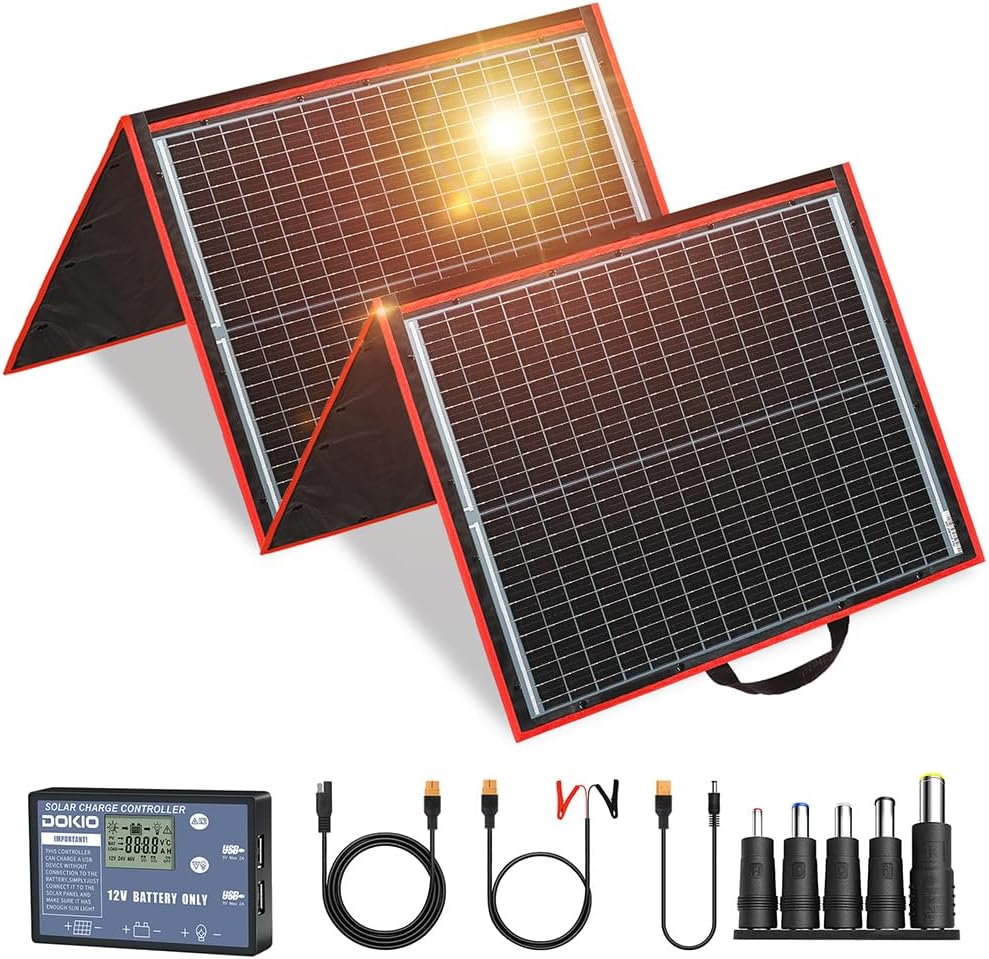
The Benefits of Solar-Powered Cars
A Leap Towards Eco-Friendly Transportation
The shift towards solar-powered cars is not just a technological advancement; it’s a move towards a more sustainable and responsible way of living. These vehicles offer a plethora of benefits that extend far beyond the individual driver to society at large and the environment.
Environmental Impact
Solar-powered cars operate on clean energy derived directly from the sun, which means they produce zero emissions. Unlike conventional vehicles that rely on fossil fuels, solar cars do not emit harmful pollutants or greenhouse gases into the atmosphere, making them a friend to the environment and public health.
Energy Independence
One of the most compelling advantages of solar-powered cars is the promise of energy independence. These vehicles can reduce or even eliminate the reliance on non-renewable energy sources, such as oil and gas. By harnessing the power of the sun, a free and inexhaustible resource, solar car owners can enjoy a sense of autonomy over their energy usage.
Cost-Effectiveness
While the initial investment in solar technology can be significant, the long-term savings are substantial. Solar-powered cars eliminate the need for gasoline, which can translate to considerable financial savings over the life of the vehicle. Additionally, the maintenance costs for electric motors are typically lower than those for internal combustion engines.
Silent Operation
The operation of Photovoltaic Automobiles is whisper-quiet, contributing to noise pollution reduction. This silent running not only enhances the driving experience but also benefits urban environments where noise pollution is a growing concern.
Technological Innovation
The development of solar-powered cars has spurred advancements in various fields, including materials science, aerodynamics, and battery technology. These innovations contribute to the broader automotive industry and pave the way for further research and development in renewable energy applications.
Challenges to Overcome
Despite these benefits, solar-powered cars face challenges, such as the need for more efficient photovoltaic cells, better energy storage solutions, and improvements in infrastructure to support widespread adoption. Addressing these issues is crucial for Photovoltaic Automobiles to become a viable option for everyday transportation.
2 Magnetic Solar Wireless Backup Camera HD1080P 3 Mins DIY Installation DVR 7″ IPS Monitor Rechargeable Reverse Camera System for Hitching Gooseneck Horse Trailer Fifth Wheels/Car RV Truck AP7-2
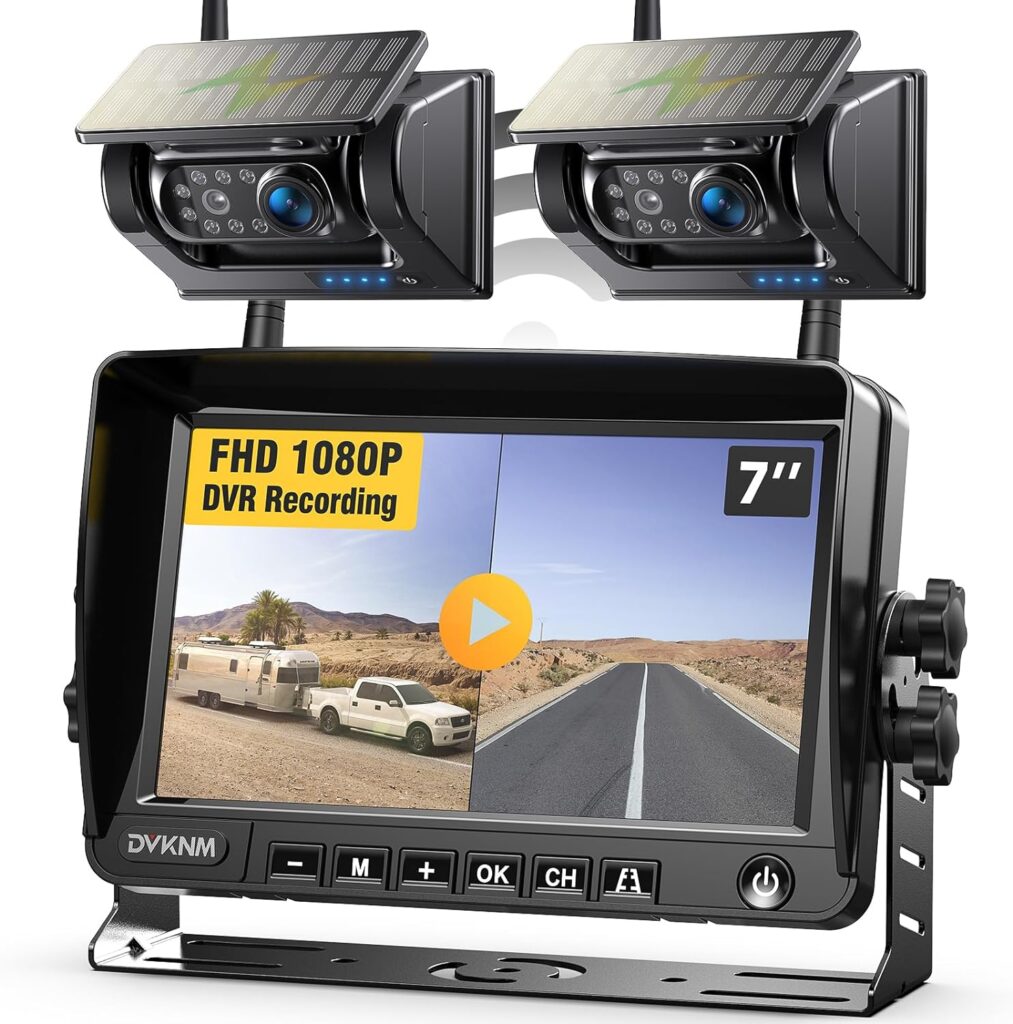
Challenges and Limitations of Solar-Powered Cars
Navigating the Roadblocks
While solar-powered cars offer a vision of a clean, sustainable future, they come with their own set of challenges and limitations that must be addressed to realize their full potential.
Dependence on Weather Conditions
Solar-powered cars rely heavily on the availability of sunlight. This dependence means their performance can be significantly impacted by weather conditions. On cloudy or rainy days, the efficiency of solar panels drops, which can limit the vehicle’s range and power.
Energy Storage Hurdles
The current technology for batteries and energy storage systems is not yet efficient enough to make solar-powered cars a practical solution for everyday use. The batteries are expensive and may not hold enough charge to support long-distance travel or extended periods without sunlight.
Design and Aesthetics
To maximize energy absorption, solar-powered cars need to have large surfaces covered with solar cells. This requirement can lead to design constraints that affect the practicality and aesthetic appeal of the vehicles.
Cost of Technology
The high cost of photovoltaic cells and batteries is a significant barrier to the mass production of solar-powered cars. While prices have been decreasing, they are still not competitive with traditional vehicles when it comes to affordability.
Environmental Concerns
Although solar-powered cars are environmentally friendly, the production and disposal of solar panels and batteries can have negative environmental impacts. The materials used in solar panels may be harmful if not disposed of properly, offsetting some of the ecological benefits.
Comparison with Conventional Vehicles
When compared to traditional fossil fuel-powered vehicles, solar-powered cars have lower emission levels and fuel costs. However, the initial investment and practical limitations make them less attractive to many consumers.
20W Solar Car Battery Trickle Charger & Maintainer, 12V Waterproof Solar Panel Trickle Charger, Portable Solar Panel Kit for Car, Boat, RV, Trailer, Motorcycle, Snowmobile, etc
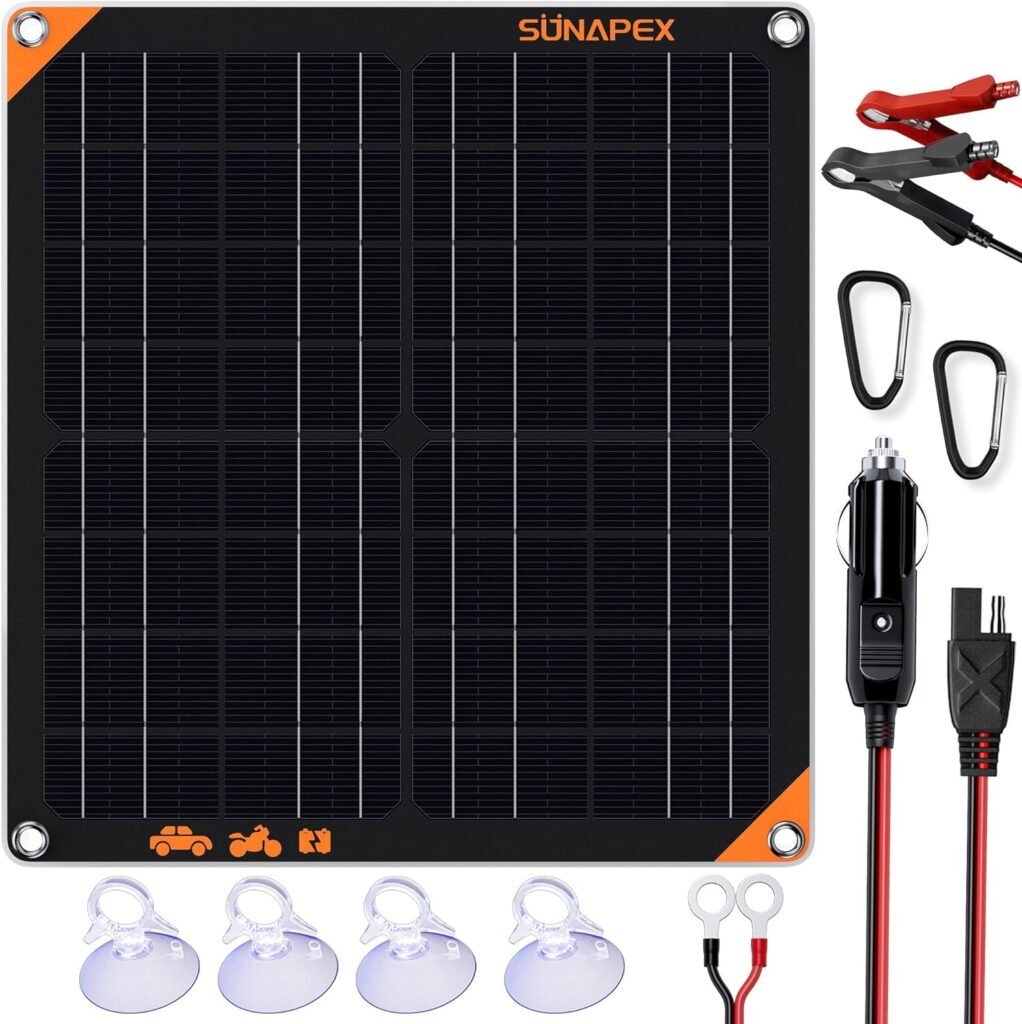
Current Developments and Future Prospects of Solar-Powered Cars
Innovation on the Horizon
The landscape of solar-powered cars is rapidly evolving, with new developments and prototypes emerging that push the boundaries of what’s possible. Here’s a deep dive into the current state of solar-powered vehicles and what the future may hold for this exciting technology.
Recent Breakthroughs
Recent years have seen significant advancements in solar-powered car technology. Companies like Lightyear and Sono Motors are leading the charge, developing vehicles that integrate solar cells directly into the car’s body. These innovations aim to extend the range of electric vehicles by harnessing solar energy, reducing the reliance on charging stations.
Solar Integration in Mainstream Models
While fully solar-powered cars are still in the development phase, some mainstream manufacturers are beginning to integrate solar technology into their models. For instance, Hyundai has introduced a solar roof in the Sonata hybrid, and Tesla is reportedly planning to offer a solar add-on for the Cybertruck. This trend indicates a growing recognition of the value of solar energy in the automotive industry.
The Role of Government and Policy
Government policies and incentives play a crucial role in the adoption of green technologies. With increasing support for renewable energy, solar-powered cars could benefit from subsidies and tax breaks, making them more accessible to the average consumer.
Challenges to Mass Adoption
Despite the progress, several challenges remain before solar-powered cars can become mainstream. The efficiency of solar cells needs to improve, and the cost of production must decrease to make these vehicles competitive with traditional cars. Additionally, the infrastructure for solar-powered transportation, including charging and maintenance facilities, needs to be developed.
A Vision for the Future
Looking ahead, experts predict that solar-powered cars will become a normal sight within the next two decades. As solar cell technology advances and becomes more cost-effective, we can expect these vehicles to play a significant role in the transition to sustainable transportation.
The Bottom Line
The journey of solar-powered cars from concept to reality is an ongoing process filled with challenges and opportunities. With continued innovation and supportive policies, these vehicles have the potential to transform our roads and contribute to a cleaner, greener world.
MOTOPOWER MP0515A 12V Car Battery Tester Automotive 100-2000 CCA Battery Load Tester Auto Cranking and Charging System Test Scan Tool Digital Battery Alternator Analyzer

Conclusion: The Road Ahead for Solar-Powered Cars
As we conclude our exploration of solar-powered cars, it’s clear that they are more than just vehicles; they are a symbol of our commitment to a sustainable future. These innovative machines harness the power of the sun to offer a cleaner, quieter, and more harmonious way of life. The journey towards widespread adoption is paved with challenges, from technological hurdles to economic considerations, but the potential rewards are immense.
The promise of solar-powered cars extends beyond environmental benefits; it’s about reshaping our relationship with energy and transportation. With each advancement in photovoltaic technology and battery efficiency, we move closer to a world where our cars are powered by the same star that brings life to our planet.
The road ahead is bright for solar-powered cars. As individuals, communities, and nations, we have the opportunity to support this clean energy revolution. By investing in research, encouraging policy changes, and embracing innovation, we can drive forward into a future where solar-powered cars are not just a novelty but a norm.
In the end, solar-powered cars are more than a testament to human ingenuity; they are a beacon of hope for a cleaner, greener, and more sustainable world. Let’s continue to support and champion these remarkable vehicles as they illuminate the path to a brighter, solar-powered tomorrow.
You may also like:

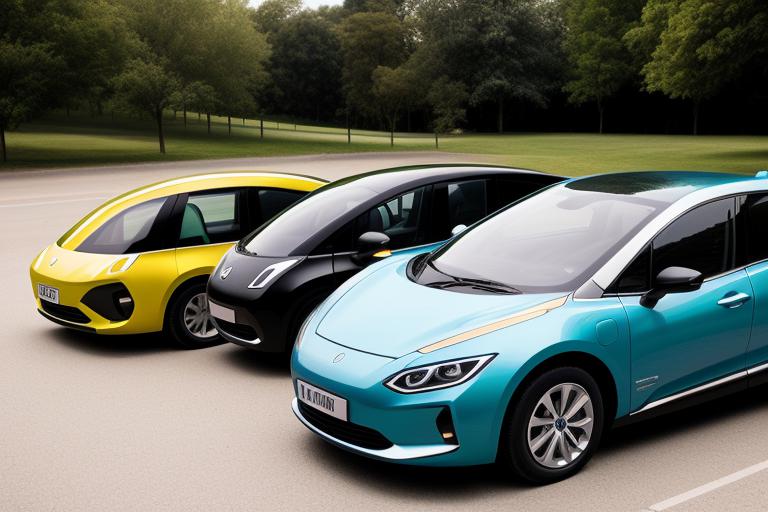
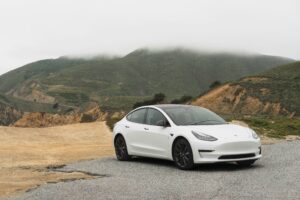

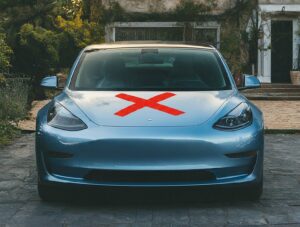
Pingback: Autonomous Vehicle Safety: Everything You Need to Know